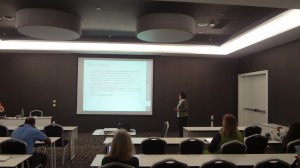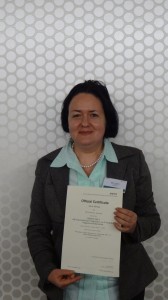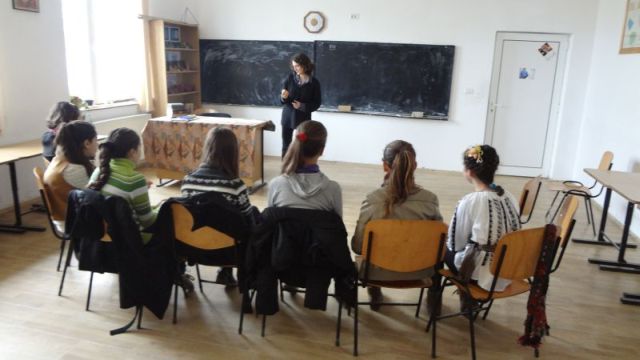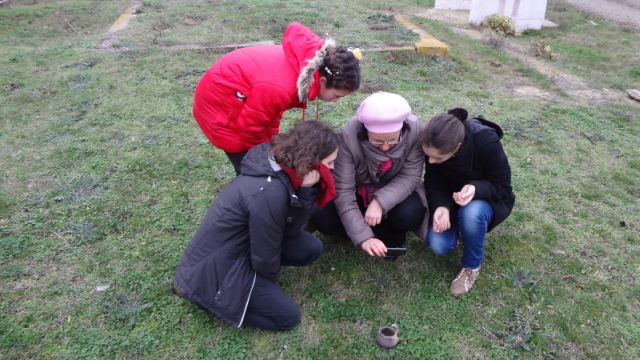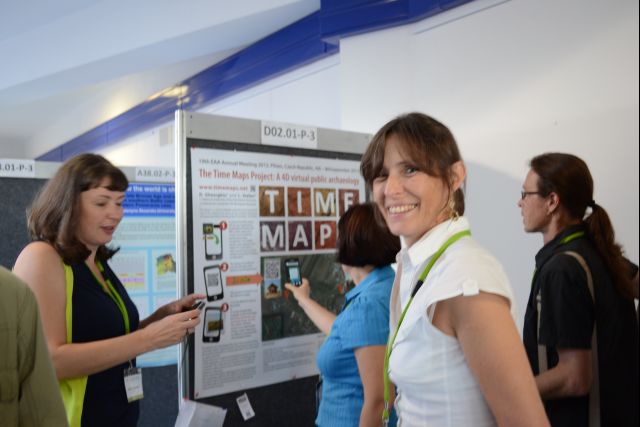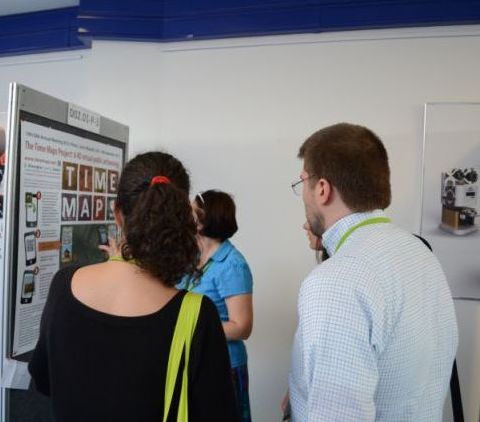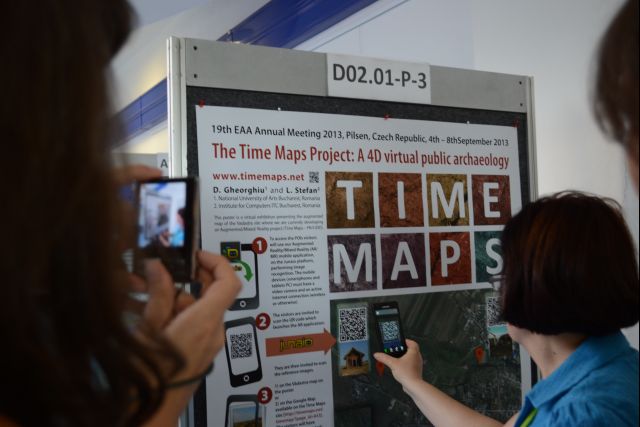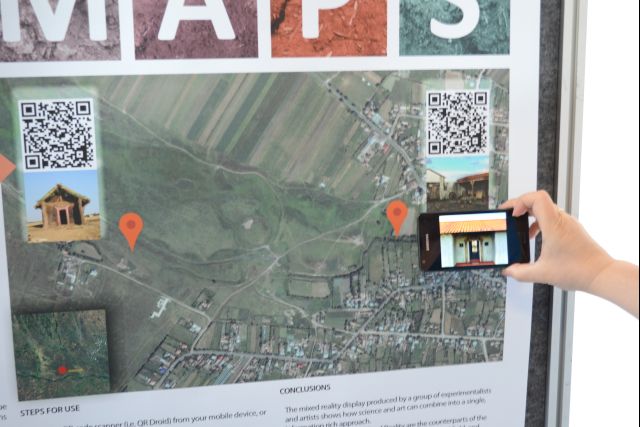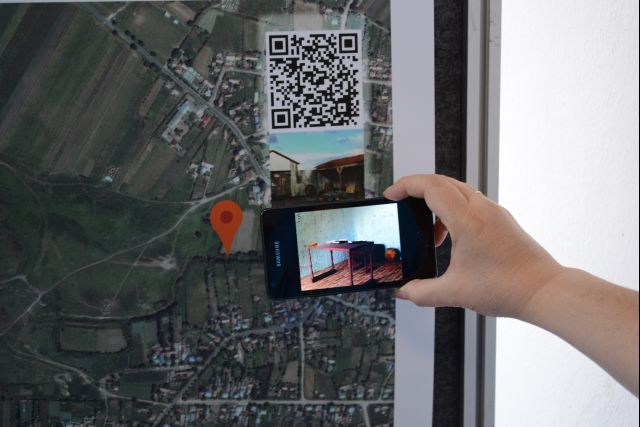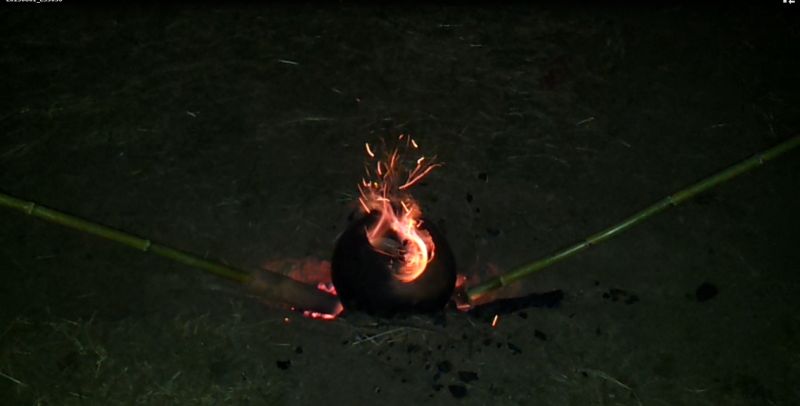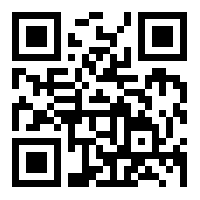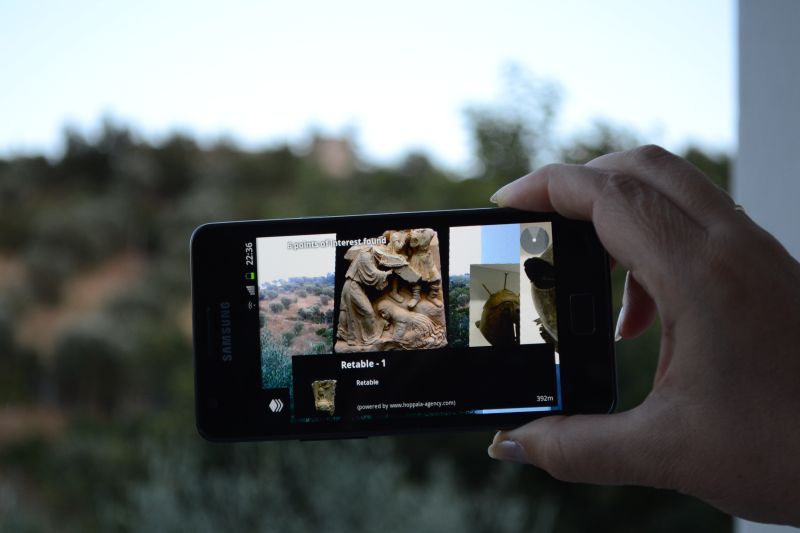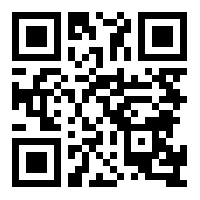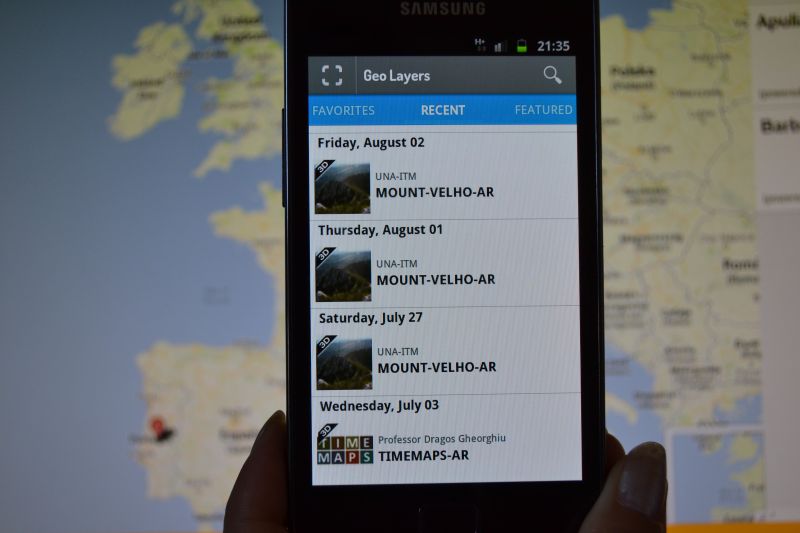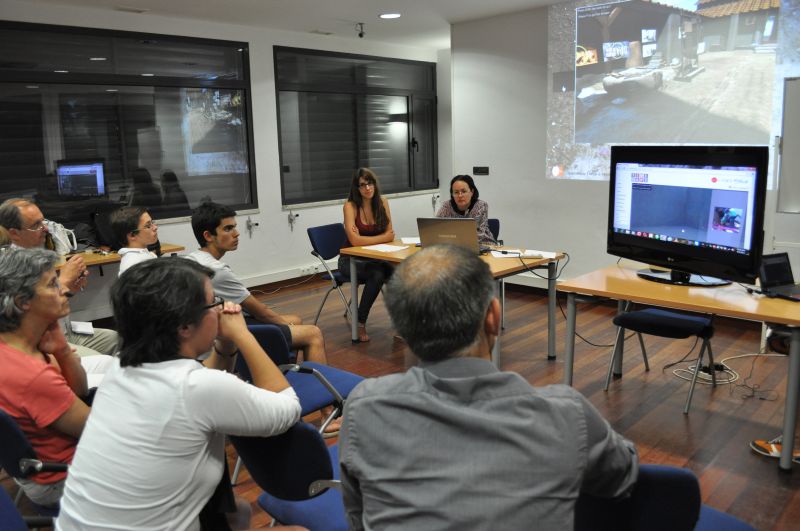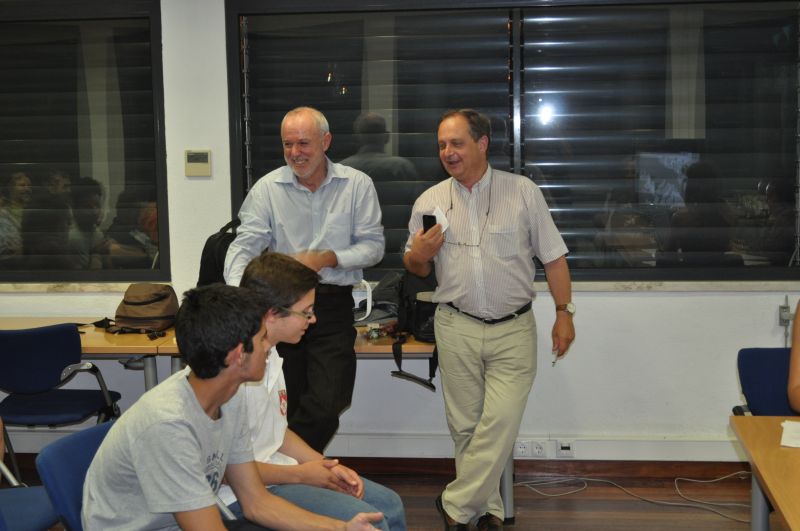The IUPPS Commission 14 “Neolithic Civilizations of the Mediterranean and Europe” will organize a session during the 17th IUPPS congress in Burgos, 1 ‐ 7 September 2014 on the theme
« MATERIALS, PRODUCTIONS, EXCHANGE NETWORKS AND THEIR IMPACT ON THE SOCIETIES OF NEOLITHIC EUROPE »
CALL FOR PAPERS
The circulation of raw materials or finished pieces is a constitutive element of the European Neolithic, at any stage of its development. The exchange networks created by these processes maintain multiple interactions between groups and cultures, over varying distances. They may involve material goods (of domestic use, economic) or markers of social differentiation. Likewise, they may trigger the transfer of technical skills (stone, bone, antler working, metallurgy, draught animals and ard-ploughing, wheeled vehicles, etc.). These networks may also encourage the diffusion, or even interaction, of ideas (gender-related concepts, codes and signs of group identity, influx of ideologies, and models of social organization). The forces behind these unidirectional or multidirectional movements are displacements of individuals or groups – migrants, intermediate persons, traders, specialized craftsmen, expeditions, etc. – and the economic or sociocultural « politics » explaining these exchange strategies. Based on concrete examples we are aiming at defining the characteristics and the geographical extent with regard to these distributions of materials or productions and to the dissemination of ideas or symbols. We will try to evaluate their impact on the techniques or goods in the different areas, but also the social status of these exchanges (gifts/counterparts, integration, acculturation, tensions, etc.).
SUBMISSION GUIDELINES
The scientific commission “Neolithic Civilizations of the Mediterranean and Europe” organizes a session during the 17th IUPPS congress in Burgos.
Oral communications can be presented in English, French or Spanish.
Paper proposals providing the presentation title and abstract (of no more than 300 words) should be submitted by 30 April 2014.
Please send your proposal to: Marie Besse (University of Geneva, Switzerland) marie.besse@unige.ch.
The scientific committee will evaluate the projects – oral or poster presentations – by May 2014.
The proceedings of this session are expected to be published in English.
Organizers: Marie Besse and Jean Guilaine
Dear friends
I would like to invite everyone to attend the session communications “Technologies and the first agro-pastoral societies: The methods of manufacture and decoration of pottery”. The event will take place at XVII Congress of UISPP in Burgos, Spain, between 01 and 07 September 2014. The session will be coordinated by Professors Dragos Gheorghius (Romania), Moustapha Sal (Senegal) and André Soares (Brazil). For further information please visit:
http://www.burgos2014uispp.com/modules.php?name=webstructure&lang=ES&idwebstructure=89
Professor André Soares
Chers amis
Je voudrais inviter tout le monde à assister a la session de communication “Technologies des premières sociétés agro-pastorales: Les méthodes de fabrication et de décoration de la poterie”. L’événement aura lieu au XVIIe Congrès de UISPP à Burgos, en Espagne, entre 01 et 07 Septembre 2014. La session sera coordonné par les professeurs Dragos Gheorghiu (Roumanie), Moustapha Sal (Sénégal) et André Soares (Brésil). Pour plus d’informations:
http://www.burgos2014uispp.com/modules.php?name=webstructure&lang=ES&idwebstructure=89
Professeur André Soares
